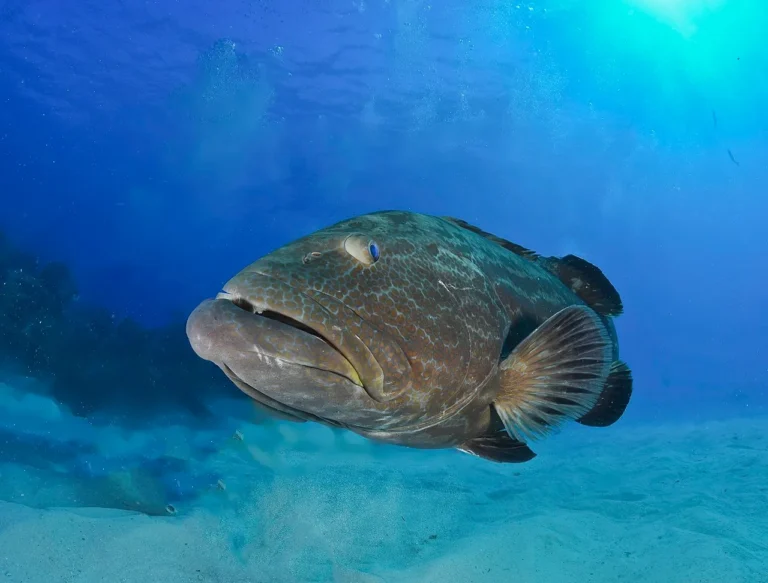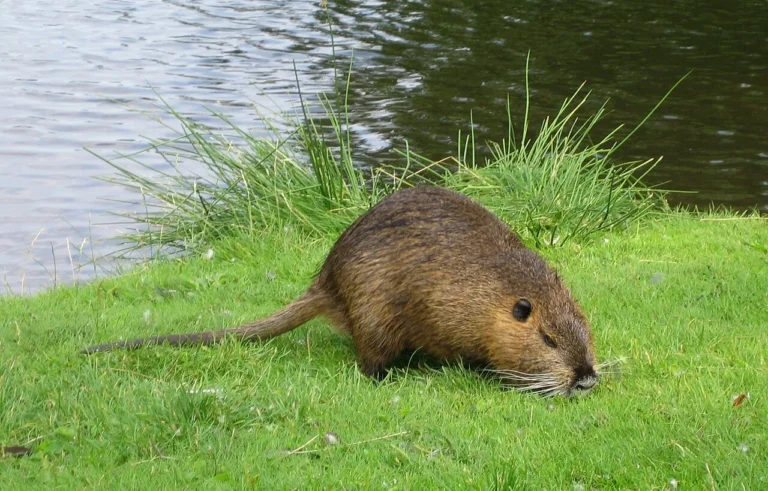Green Snakes (Opheodrys) Facts, Subspecies, Characteristics Discussed
Green snakes are slender, predominantly green reptiles found worldwide in diverse habitats. They exhibit adaptations such as cryptic coloration and arboreal behavior, primarily feeding on insects. Conservation efforts are essential to mitigate threats and ensure their survival in the wild, while responsible pet ownership helps minimize negative impacts on wild populations.
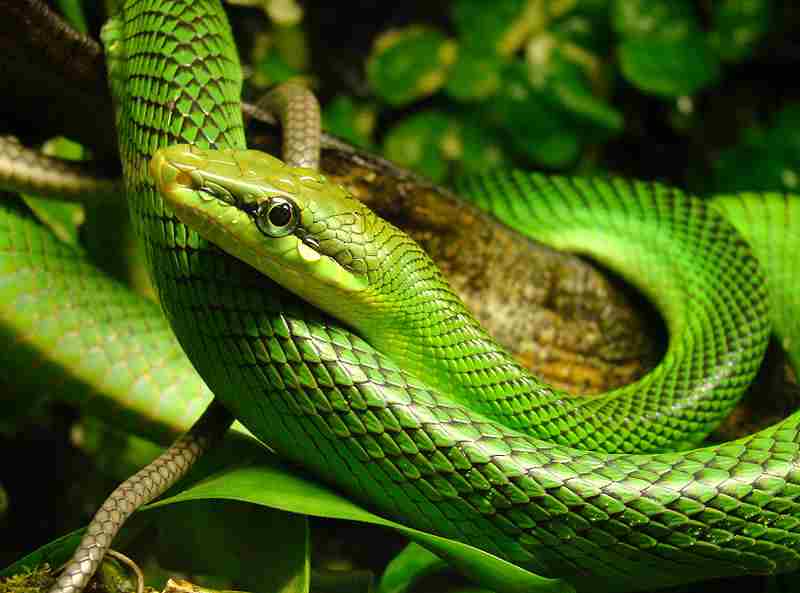
*Facts About Green Snakes
- Green snakes belong to the family Colubridae.
- They are known for their predominantly green coloration.
- Some green snakes have subspecies variations.
- Green snakes typically range from 1 to 4 feet in length.
- They are slender and lightweight reptiles.
- Green snakes have smooth scales.
- Their undersides are often yellow or white.
- They have specialized teeth for grasping prey.
- Green snakes primarily feed on insects.
- Occasionally, they may eat small vertebrates like lizards and frogs.
- They are active during the day (diurnal).
- Green snakes spend much of their time in trees and bushes (arboreal).
- They rely on camouflage to avoid predators.
- Green snakes do not make vocalizations.
- They communicate through visual cues and chemical signals.
- Green snakes inhabit various habitats, including forests and grasslands.
- They are found in tropical and subtropical regions worldwide.
- Green snakes do not leave distinct tracks due to their limbless bodies.
- Female green snakes lay eggs in concealed locations.
- Their lifespan ranges from 5 to 15 years in the wild.
- Green snakes have evolved adaptations for survival, such as cryptic coloration and non-aggressive behavior.
- Conservation status varies among green snake species.
- Some species are kept as pets, but responsible ownership is crucial.
| Criteria | Summary |
| Scientific Classification |
Green snakes belong to the family Colubridae, with various genera and species exhibiting predominantly green coloration.
|
| Subspecies |
Green snakes may have subspecies variations, reflecting genetic diversity and adaptation to local environments.
|
| Size and Weight |
Typically ranging from 1 to 4 feet in length, green snakes are slender and lightweight.
|
| Appearance and Identification |
They have smooth scales, yellow or white undersides, and specialized dentition for grasping prey.
|
| Dentition and Bite Force |
Green snakes have small, slender teeth suited for grasping prey, with a relatively low bite force compared to larger snakes.
|
| Diet |
Primarily insectivorous, green snakes feed on insects but may also consume small vertebrates such as lizards and frogs.
|
| Behavior |
Diurnal and arboreal, green snakes rely on camouflage and non-aggressive behavior to avoid predation.
|
| Sounds/Vocalization |
Green snakes do not vocalize but communicate through visual cues, body language, and chemical signals.
|
| Habitat |
They inhabit diverse habitats including forests, grasslands, and tropical rainforests, contributing to ecosystem biodiversity.
|
| Geographic Range and Distribution |
Found in tropical and subtropical regions worldwide, green snakes have adapted to various environmental conditions.
|
| Tracks |
Due to their limbless body structure, green snakes do not leave distinct tracks but may leave other signs of activity.
|
| Reproduction |
Reproduction involves sexual mating, courtship displays, and egg-laying by females in concealed locations.
|
| Lifespan |
Lifespan ranges from 5 to 15 years in the wild, with captive individuals potentially living longer.
|
| Major Adaptations |
Green snakes have evolved cryptic coloration, agile arboreal locomotion, specialized dentition, and non-aggressive behavior for survival.
|
| Conservation Status |
Conservation status varies among species, with some facing threats such as habitat loss and fragmentation.
|
| Domestication and Suitability as a Pet |
While some species are kept as pets, responsible ownership is crucial to minimize negative impacts on wild populations.
|
1. Scientific Classification:
Kingdom: Animalia
Phylum: Chordata
Class: Reptilia
Order: Squamata
Family: Colubridae
Genus: Various genera (e.g., Philothamnus, Oxybelis)
Species: Numerous species within the genera
Commonly referred to as “green snakes” due to their predominantly green coloration.
2. Subspecies:
Details: Green snakes may have various subspecies within their genera, exhibiting slight differences in coloration, size, and habitat preferences.
Importance: Subspecies distinctions help researchers understand the genetic diversity and evolutionary history of green snakes, aiding in conservation efforts.
Ecological Implications: Subspecies variations may indicate different adaptation strategies to local environments, influencing their roles in ecosystems and interactions with prey and predators.
3. Size and Weight:
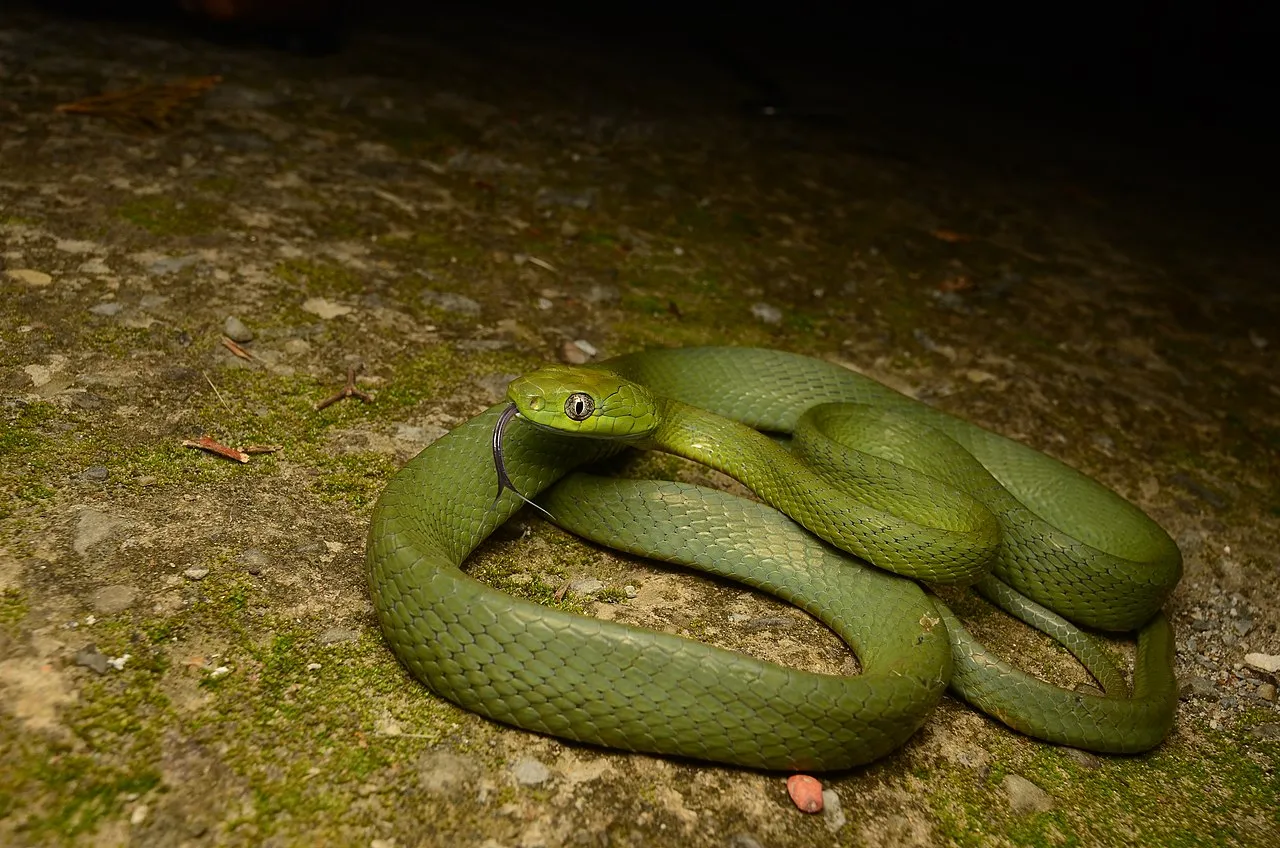
Details: Green snakes typically range from about 1 to 4 feet in length, depending on the species. They are generally slender and lightweight.
Importance: Understanding size and weight variations helps researchers assess population health, reproductive success, and resource requirements.
Ecological Implications: Size can affect green snakes’ ability to access different prey types and their vulnerability to predation, influencing their ecological niche within their habitats.
4. Appearance and Identification:
Details: Green snakes are characterized by their predominantly green coloration, which helps them blend into vegetation. They have slender bodies, smooth scales, and often have yellow or white undersides.
Importance: Distinctive appearance aids in species identification for researchers, conservationists, and wildlife enthusiasts.
Ecological Implications: Camouflaged appearance helps green snakes avoid detection by predators and ambush prey effectively, contributing to their survival and ecological role as predators in their habitats.
5. Dentition and Bite Force:
Details: Green snakes have small, slender teeth designed for grasping and holding onto prey rather than inflicting deep puncture wounds. Their bite force is relatively low compared to larger, more robust snakes.
Importance: Understanding their dentition and bite force helps evaluate their feeding behavior, prey preferences, and potential risk to humans.
Ecological Implications: Green snakes’ specialized teeth and bite force adaptation allow them to efficiently capture and subdue small prey without causing excessive harm, contributing to the balance of prey populations in their ecosystems.
6. Diet:
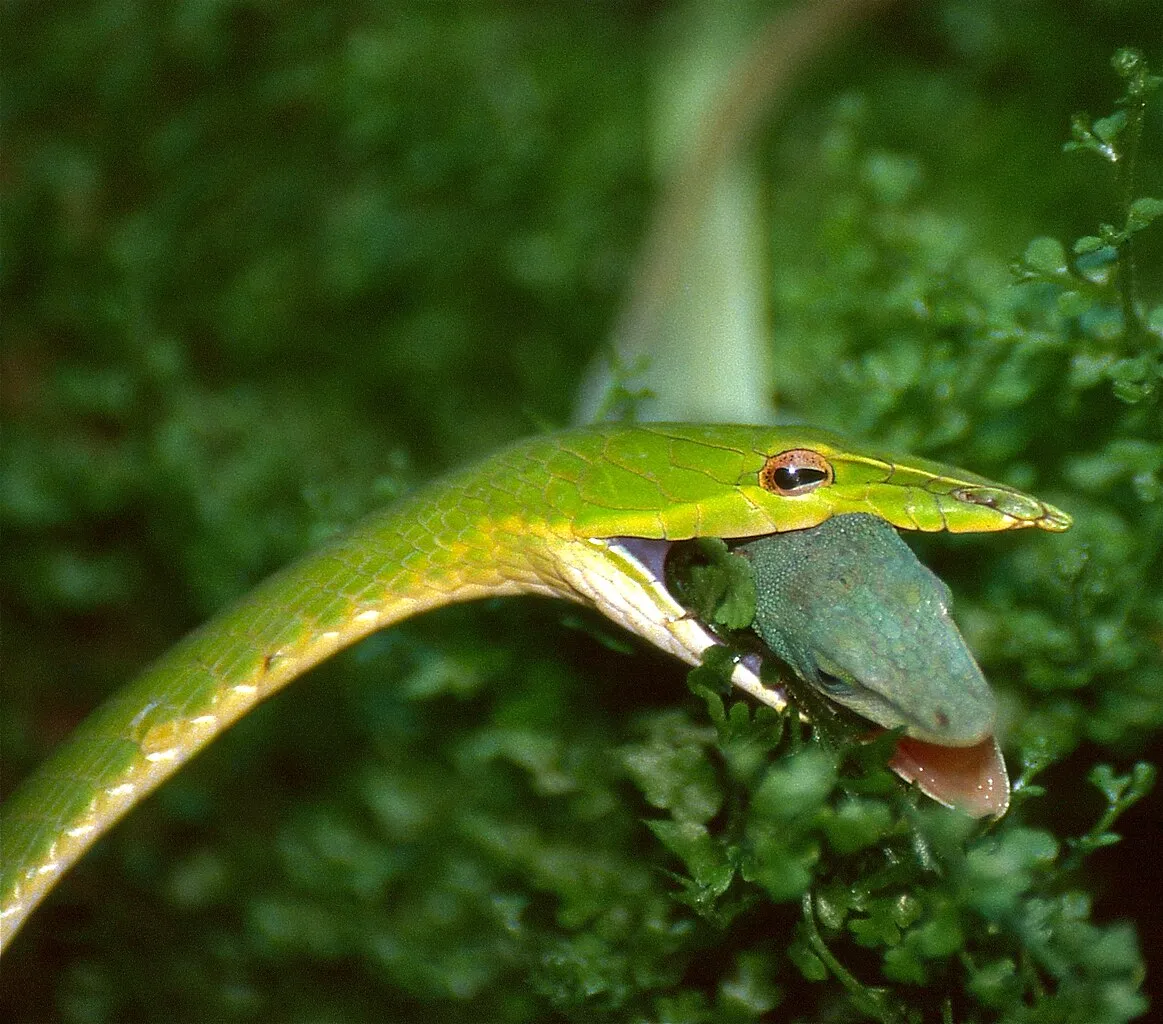
Details: Green snakes are primarily insectivorous, feeding on a variety of small insects such as grasshoppers, crickets, caterpillars, and spiders. Some species may also consume small vertebrates like lizards, frogs, and occasionally small birds.
Importance: Their diet influences their role in controlling insect populations and maintaining ecosystem balance.
Ecological Implications: By preying on insects, green snakes help regulate insect populations, which can have cascading effects on plant health, other animal populations, and overall ecosystem dynamics.
7. Behavior:
Details: Green snakes are typically diurnal, active during the day, and arboreal, spending much of their time in trees and bushes. They are generally non-aggressive and rely on camouflage to avoid predation.
Importance: Understanding their behavior is crucial for studying their interactions with other species, their habitat preferences, and their response to environmental changes.
Ecological Implications: Arboreal behavior allows green snakes to exploit vertical space in their habitats, utilizing different microhabitats and accessing a wider range of prey species, thus contributing to ecosystem biodiversity.
8. Sounds/Vocalization:
Details: Green snakes are generally non-vocal and do not produce sounds for communication. They rely on visual cues, body language, and chemical signals (pheromones) for social interactions and mating.
Importance: Lack of vocalization suggests that visual and chemical cues play a significant role in their social behavior and reproductive strategies.
Ecological Implications: Non-vocal communication reduces acoustic interference in their habitats, allowing other species to rely on auditory signals without competition from green snakes, thereby maintaining ecosystem communication networks.
9. Habitat:
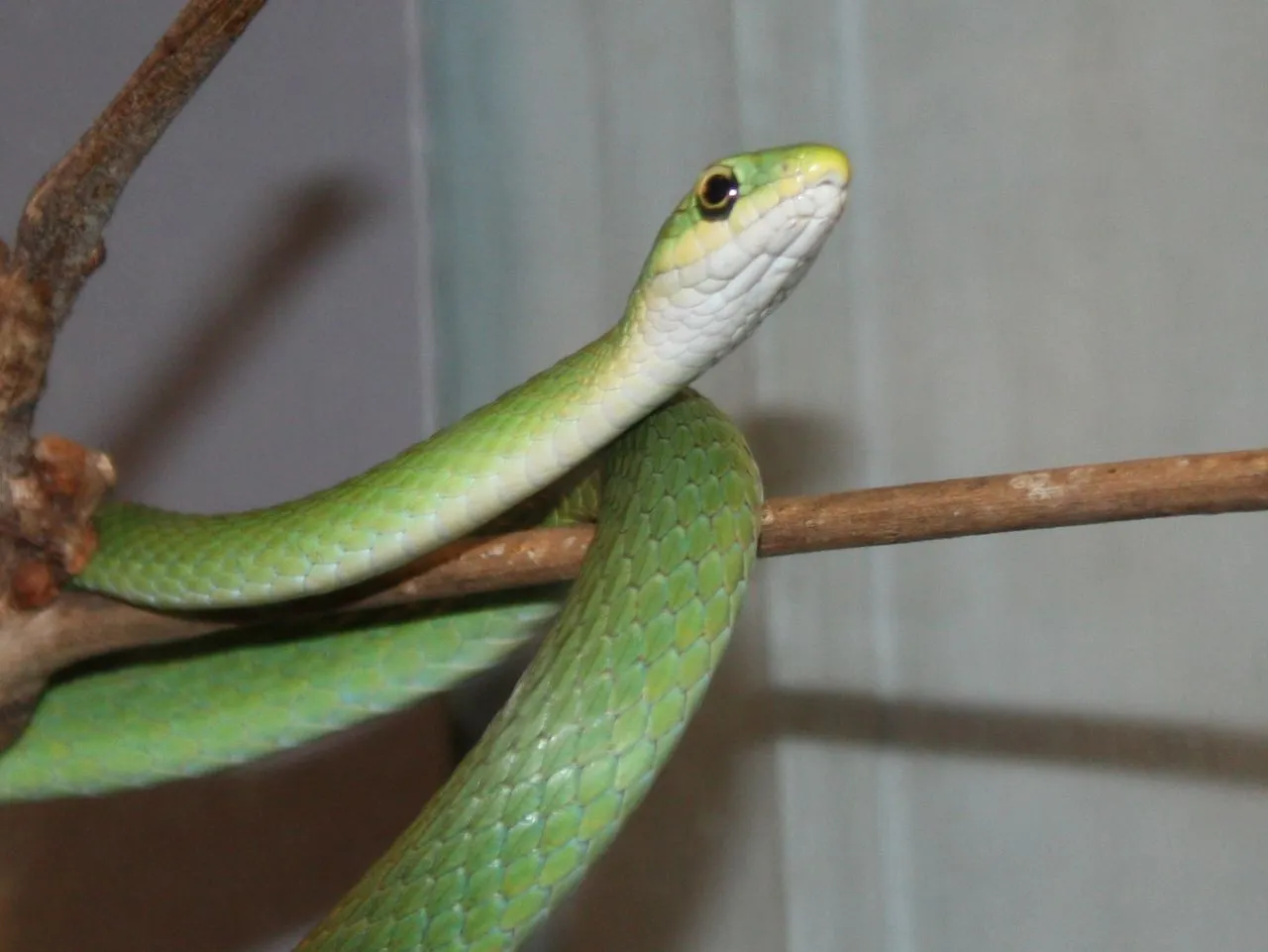
Details: Green snakes inhabit a variety of habitats, including forests, woodlands, grasslands, shrublands, and tropical rainforests. They are often found in areas with dense vegetation and ample hiding spots.
Importance: Understanding their habitat preferences helps conservationists identify key areas for protection and management.
Ecological Implications: Green snakes play important roles in maintaining the health and balance of their habitats by regulating prey populations and serving as indicators of ecosystem integrity. Their presence or absence can reflect habitat quality and ecosystem health.
10. Geographic Range and Distribution:
Details: Green snakes are found in various regions worldwide, depending on the species. They are commonly found in tropical and subtropical areas, including Central and South America, Africa, Asia, and parts of North America.
Importance: Knowledge of their geographic range and distribution helps researchers assess their conservation status, identify areas for protection, and understand biogeographic patterns.
Ecological Implications: The distribution of green snakes reflects the availability of suitable habitats and environmental conditions across different regions, influencing local biodiversity and ecosystem dynamics.
11. Tracks:
Details: Green snakes, like many reptiles, do not leave distinct tracks due to their limbless body structure and smooth scales. However, their presence can sometimes be inferred from other signs such as shed skins, feces, or disturbance in vegetation where they move.
Importance: Tracking methods provide valuable information on the presence, abundance, and behavior of green snakes in their habitats.
Ecological Implications: Monitoring signs of green snake activity helps researchers understand their habitat use, movement patterns, and potential interactions with other species, contributing to ecosystem management and conservation efforts.
12. Reproduction:
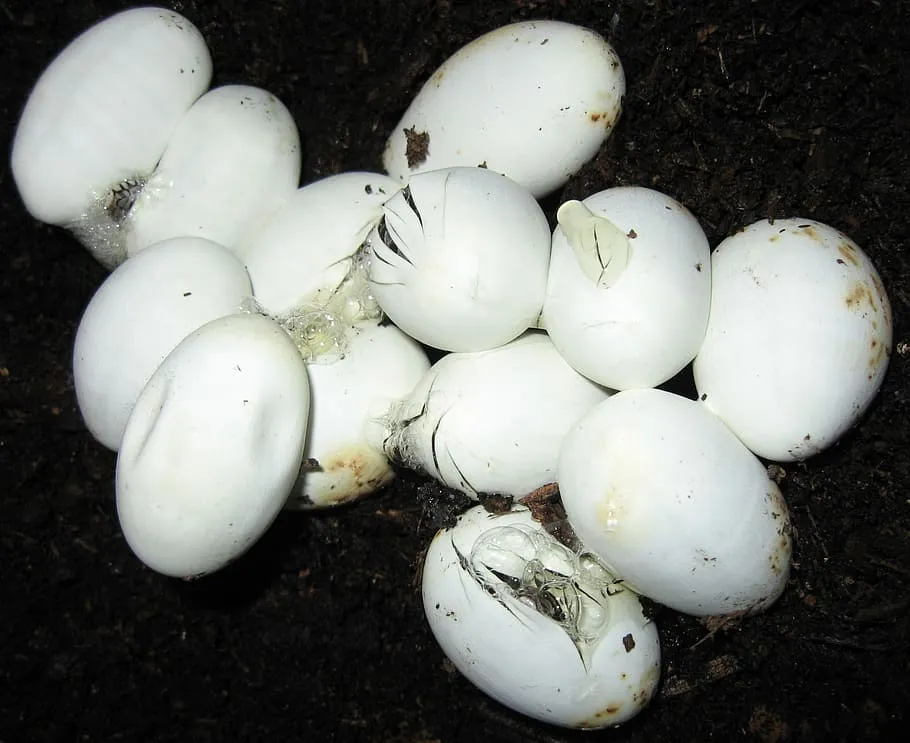
Details: Green snakes reproduce sexually, with males seeking out females during the breeding season. Mating often involves courtship displays, such as body movements and tactile interactions. Females typically lay eggs in concealed locations, and clutch size varies depending on species and environmental conditions.
Importance: Understanding reproductive behavior and reproductive success rates is crucial for assessing population dynamics and implementing effective conservation strategies.
Ecological Implications: Reproduction affects population size and genetic diversity, influencing the resilience of green snake populations to environmental changes and human impacts on their habitats.
13. Lifespan:
Details: The lifespan of green snakes varies among species but generally ranges from 5 to 15 years in the wild. Captive individuals may live longer, depending on environmental conditions and care.
Importance: Knowledge of lifespan helps researchers estimate generation turnover rates, population turnover, and overall population dynamics.
Ecological Implications: Lifespan influences population stability and resilience, with longer-lived individuals contributing more to population growth and genetic diversity over time. Understanding lifespan also informs conservation strategies aimed at maintaining viable populations in the wild.
14. Major Adaptations:
Details: Green snakes possess several adaptations that enhance their survival and ecological success, including cryptic coloration for camouflage in vegetation, agile arboreal locomotion for navigating trees and bushes, specialized dentition for capturing and holding prey, and non-aggressive behavior as a defense strategy against predators.
Importance: These adaptations enable green snakes to effectively hunt, avoid predation, and thrive in their natural habitats.
Ecological Implications: By blending into their surroundings, maneuvering through dense vegetation, and efficiently capturing prey, green snakes play vital roles in ecosystem functioning as predators and contributors to biodiversity.
15. Conservation Status:
Details: The conservation status of green snakes varies depending on the species and regional factors. Some species may be classified as of least concern, while others may face threats such as habitat loss, fragmentation, pollution, climate change, and persecution by humans.
Importance: Assessing the conservation status of green snakes helps prioritize conservation actions and allocate resources effectively to mitigate threats and protect vulnerable populations.
Ecological Implications: Conservation efforts aimed at preserving green snake populations and their habitats contribute to maintaining ecosystem balance, preserving biodiversity, and safeguarding ecosystem services provided by these reptiles.
16. Domestication and Suitability as a Pet:
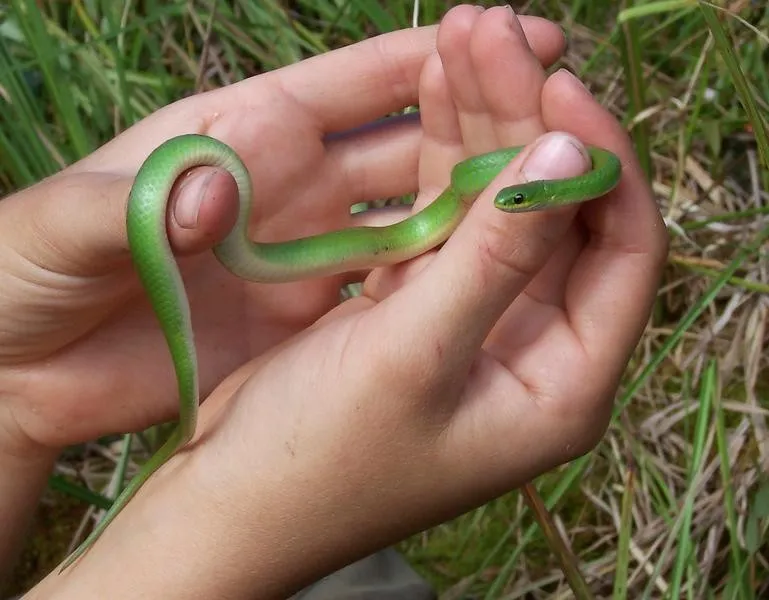
Details: While some species of green snakes are kept as pets in captivity, they are not commonly domesticated like dogs or cats. Keeping green snakes as pets requires specialized knowledge, proper husbandry, and adherence to legal regulations regarding wildlife trade and ownership.
Importance: Understanding the suitability of green snakes as pets helps promote responsible pet ownership practices and minimize negative impacts on wild populations through illegal capture and trade.
Ecological Implications: Responsible pet ownership reduces demand for wild-caught green snakes, helping conserve wild populations and mitigate the potential ecological consequences of overexploitation for the pet trade. Additionally, education about the natural history and conservation needs of green snakes raises awareness about their ecological importance and the need for their protection in the wild.
*Summary of Information On Green Snakes
Green snakes belong to the family Colubridae and are characterized by their predominantly green coloration.
They may have various subspecies within different genera, reflecting genetic diversity and adaptation to local environments.
Typically ranging from 1 to 4 feet in length, green snakes are slender and lightweight.
Their appearance includes smooth scales, yellow or white undersides, and specialized dentition for grasping prey.
Green snakes primarily feed on insects but may also consume small vertebrates like lizards and frogs.
They are diurnal, arboreal, and non-aggressive, relying on camouflage to avoid predation.
Green snakes do not vocalize but communicate through visual cues, body language, and chemical signals.
They inhabit diverse habitats such as forests, grasslands, and tropical rainforests, contributing to ecosystem biodiversity.
Geographically, green snakes are found in tropical and subtropical regions worldwide.
Due to their limbless body structure, green snakes do not leave distinct tracks but may leave other signs of activity.
Reproduction involves sexual mating, courtship displays, and egg-laying by females in concealed locations.
Lifespan ranges from 5 to 15 years in the wild, with captive individuals potentially living longer.
Major adaptations include cryptic coloration, agile arboreal locomotion, specialized dentition, and non-aggressive behavior.
Conservation status varies among species, with some facing threats such as habitat loss and fragmentation.
While some species are kept as pets, responsible ownership is crucial to minimize negative impacts on wild populations.
Overall, understanding the ecological roles and conservation needs of green snakes is essential for their preservation and the health of ecosystems they inhabit.


